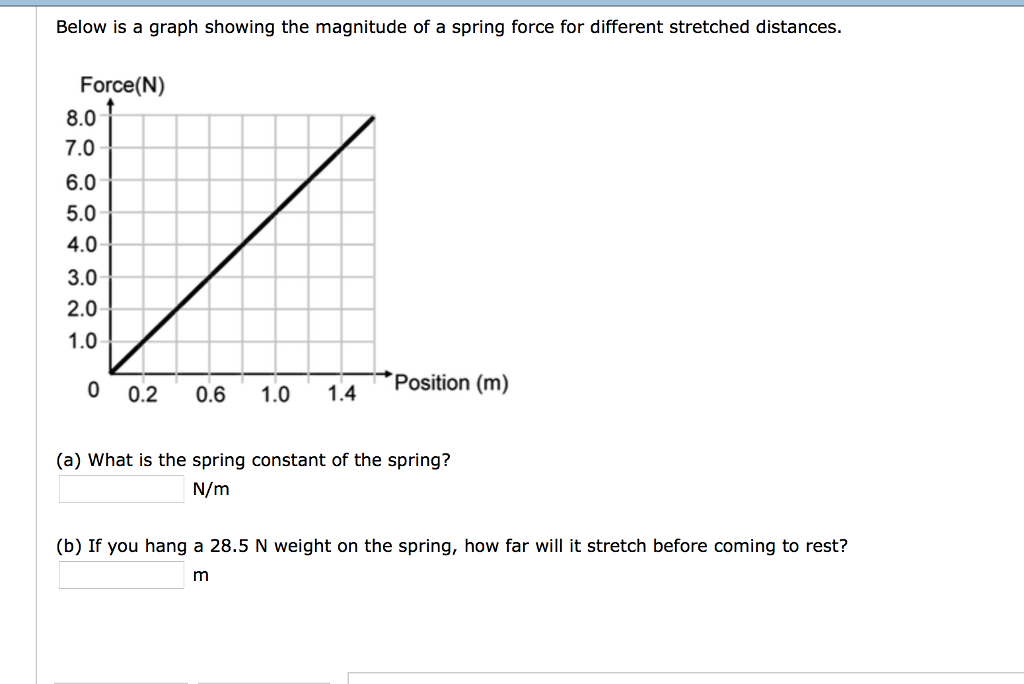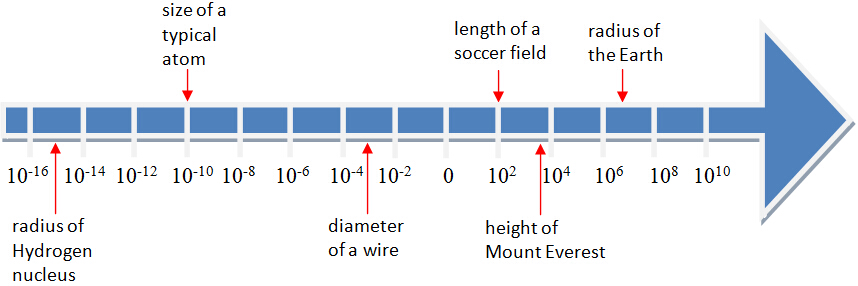

Magnitude typically refers to a non-negative real number. Scalar typically refers to a single element of a number field (or a single element per point in space), such as a real number (which can be positive or negative) or even a complex number (this is common in the context of quantum physics). In summary, this is how the words are typically used:

It is sometimes used to refer to the absolute value of a scalar, and sometimes used to refer to the norm (e.g., length) of a vector. The word "magnitude," whether applied to a scalar or a vector or anything else, normally refers to a non-negative number. In 3-d space, we need 3 numbers per point in space to describe a vector quantity.

In contrast, a vector quantity cannot be described using only one number per point in space. Instead of saying "scalar quantities have only magnitudes," a better description might be that a scalar quantity can be described using only one number per point in space. Please tell me that will the magnitude be positive or negative? If a body is moving with the velocity of -5m/s, that means it is moving with a speed of 5m/s in the direction opposite to the positive direction.Īnd here, the body is covering 5 meters every second, though it's velocity is -5m/s.īut if a body has potential energy -40J, it does not mean that it has actual potential energy 40J but is in opposite direction, hence the magnitude should be negative Let's take an example of any vector quantity,say velocity. What I thought about it was that it's magnitude is negative. However, gravitational potential energy is always negative except for being 0(at infinity)īut gravitational potential energy is also a scalar quantity.

He also told that vector quantities have both magnitude and direction and scalar quantities have only magnitudes and hence are always positive. You can also add vectors to create a new vector.My teacher told that magnitude is the positive value of that quantity or the modulus of that quantity. Such a vector is typically represented by an arrow in the direction of the force and with a length proportional to the force’s magnitude.Ī major feature of force vectors is that they can be broken into components, according to the application of the force. You can add two or more force vectors that are at angles with respect to each other to create a new force vector.Īn example is if a force is moving an object in a given direction and wind applies a force on it at an angle, the new motion will be as if a force was applied in that direction.Ī force vector is a representation that has both magnitude and direction. Parallelogram vector components Force as sum of vectors Sometimes the force vector is broken into parallelogram vector components. Perpendicular vector components Parallelogram vector components An advantage of using perpendicular vector components is that you can use the Pythagorean Theory ( a 2 + b 2 = c 2) to determine the lengths of the components. It is often useful to break a force vector into its components. Instead of saying that the force is 2 newtons, you would say something like the force is 2 newtons toward the ground. Although you can designate a force simply as a number or scalar quantity, it is more useful to state it as a vector where you include the direction of the force.


 0 kommentar(er)
0 kommentar(er)
